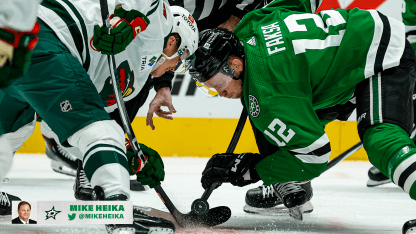Stars’ center depth could be tested opening night
With injuries and new combinations looming, Dallas might find out just how deep its roster is down the middle

With injuries and new combinations looming, Dallas might find out just how deep its roster is down the middle
